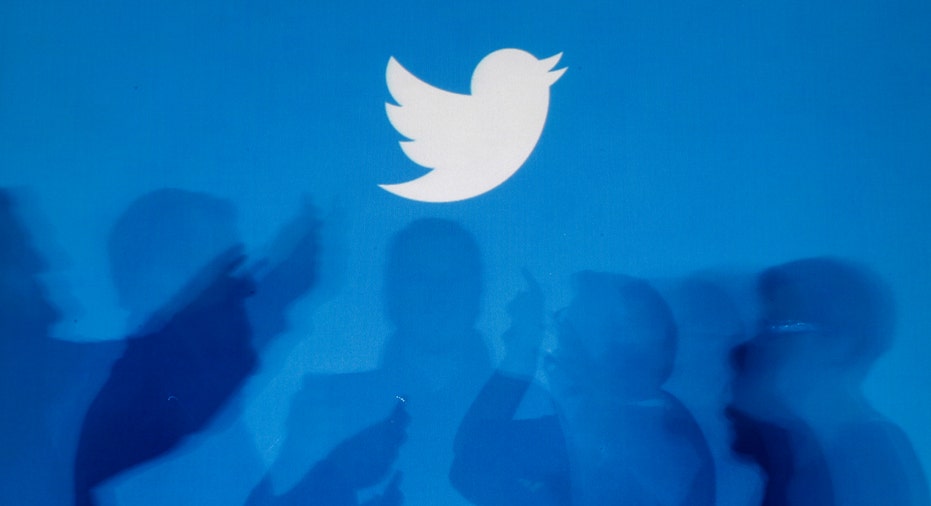How to Choose the Best Social Media Platform for Your Business

When it comes to choosing which social media platforms you’ll utilize, select those that offer the best potential for reaching your ideal audience and broadcast the type of media you’ve decided is best suited for your company. Most people and companies can’t be amazing on every platform; that takes a huge amount of bandwidth and resources. Instead of having a sub-par representation in a lot of places, be awesome on a few of them.
How do you decide which platforms are best for your needs? Here’s a brief overview of the most significant platforms as they pertain to your business needs.
Pinterest is billed as a content-sharing service that allows members to pin or post photos, videos, and other images to their pinboards.
The site, which has a predominantly female audience, is ideal for businesses for which visual imagery is a main feature or selling point. If you focus on wedding planning, travel destinations, interior decorating, fashion or foods, you can say a great deal about your products and services through your stunning photos or videos.
In essence, Pinterest has a niche market and serves it very well. You can comment on people’s boards, share imagery and click onto the webpages from which the images came. You can also like what you see, or “pin it.” Each board is linked to the pinner’s profile page so people can see the person, business or brand behind the photos or videos.
LinkedIn is the consummate networking site. Even before the term “social media” became fashionable, we had social networking, and that clearly defines LinkedIn. It’s a way of growing connections in the business world and utilizing them as necessary.
It’s great for reaching out to people and getting into their Rolodex, so that when they need your services, there you are. It also includes groups and discussions where you can politely discuss your interests, show that you’re transparent, solicit advice, ask questions and answer questions, letting your expertise impress others. Service providers are more prevalent than manufacturers or retailers, because it’s easier to talk about what you do or what your business does, and it’s not a very visual medium. Like many others, I post links to my articles or blogs so people can read more about who I am and what I do.
YouTube
YouTube is a very powerful tool, visually driven and potentially very exciting. It has become synonymous with homemade or company-made videos. It’s watched worldwide, and people post videos with hopes of going viral.
The key to using YouTube effectively is to feature your product or service in an unforgettable way, and with millions of people now using YouTube, the bar is set very high. No one will watch a boring video.
Like Pinterest, you can use YouTube to capitalize on our innate love of visuals. It’s a good idea to watch a number of YouTube videos and see which ones generated hundreds of thousands (or even millions) of hits. Videos that show people how to do something, demonstrate your product or service, or introduce a new or unusual (visual) product can help you benefit from YouTube.
Twitter is an ongoing conversation that, like text messaging, has become widely popular. Unlike Facebook and other social media platforms, where people can choose what to look at on your site, or respond later, Twitter is more “in the moment.”
It’s a marvelous tool for businesses that want to reach out to people now and expect–and are ready for–people to reply. If you have breaking news, updates, questions for your followers, or if you want opinions now or even need to announce a recall, Twitter is the way to reach out to people. It’s for the business that has things to say frequently and prefers to reach people directly.
Facebook is one of the most powerful social platforms in the world. It’s size alone is a positive for any business, because you can assume most people are on it.
Unlike Twitter, you can choose what to look at and what to share. This gives businesses more opportunities to represent themselves in various ways. Facebook is about a long-term commitment and building relationships, although there’s some immediacy as you can reply directly to people’s comments or questions.
Almost any business can benefit from having a Facebook page. But Facebook isn’t about selling. Your goal in using Facebook for business is to let customers get to know the people behind the logo. You’ll want to portray your business in a friendly, “sociable” manner, as a place where customers are treated well and “everybody knows your name.” For example, photos should illustrate not just you at your desk but your dog at a company event, or your staff all teaming up to work at Habitat for Humanity. If done correctly, your fans become loyal followers and Facebook can be a very significant lead generator.
* * *
This post is an edited excerpt from Scott Levy’s Tweet Naked, where he provides the critical information entrepreneurs need to craft a social media strategy to boost their brand and their business.
Scott Levy is the CEO of Fuel, which implements advanced SEO and social media strategy for midsize companies, startups, Fortune 500s and celebrities. He is also a startup founder, investor, speaker, and the author of Tweet Naked - Build your Brand via Social Media.
The Young Entrepreneur Council (YEC) is an invite-only organization comprised of the world's most promising young entrepreneurs. In partnership with Citi, YEC recently launched StartupCollective, a free virtual mentorship program that helps millions of entrepreneurs start and grow businesses.



















